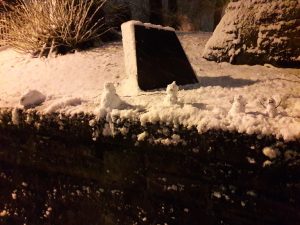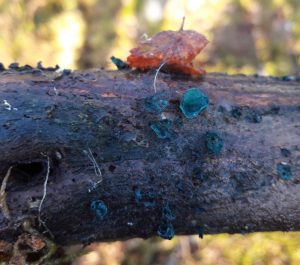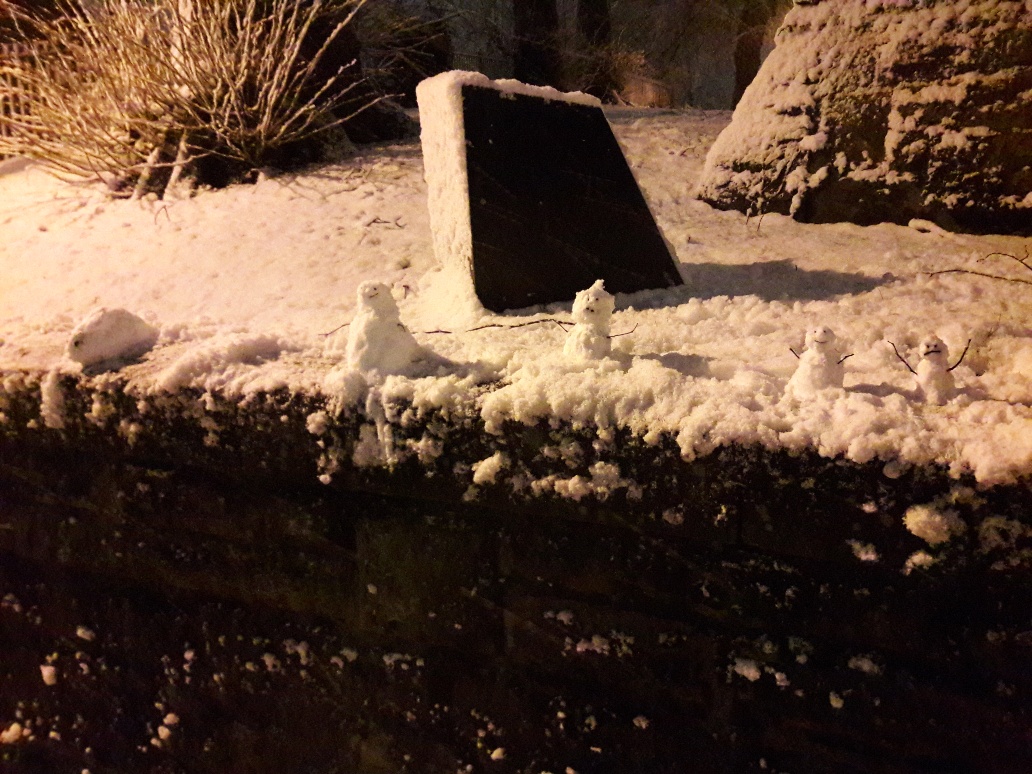
Hello! I’m Kate and I’m the new Peatlands and Micro-moths trainee based at Butterfly Conservation in Stirling. I’m going to spending 12 months studying micro-moths found on peatland habitats. These are a particularly under recorded group of species, mostly because they are so small and can be tricky to ID in the field. I’m aiming to learn as much as I can about these fascinating tiny creatures, and hopefully help to convince a few other people that they are worth the effort too.
We started in mid January with a few days induction in Stirling for all the new trainees. This was a great chance to meet each other, and some of last year’s trainees who we will be working alongside for the first 3 months of our placements. Oh, and to make some snowmen!
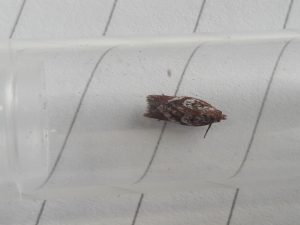
In my second week I got the chance to visit a couple of the peatland sites managed by Butterfly Conservation, and while out at Braehead Moss I got sight of my first micro-moth. The lovely little Acleris hyemana is a fairly common spot on bogs and is visible at this time of year as some overwinter as adults ready to lay eggs come spring.
I also got my first glimpse of Wester Moss where we sadly didn’t see any moths but I did spot the gorgeous little fruiting bodies of Green elf-cups fungus Chlorociboria aeruginascens. This saprobic fungus breaks down deadwood, turning the wood fibers a distinctive bright green – the fruiting bodies are much less commonly seen and this a was first for me!
On subsequent visits to Wester Moss we’ve been checking birch catkins for signs that they may be home to a tiny caterpillar. There are several species that feed on the catkins as larvae and then hunker down inside over winter, before emerging in spring to pupate into adults. I’ve collected a few with slightly different feeding signs and am keeping them in a safe place in the hope that I’ll be able to see what species we have as the weather warms up and the caterpillars wake up – fingers crossed! We’ve also collected the larval cases of some Coleophora species. These tiny moths make a mobile home for themselves so they have a protective ‘shell’ to live in and feed from. The photo below shows one of these cases, which are only a few millimetres long, this one belongs to Coleophora pyrrhulipennella and is made from hardened silk.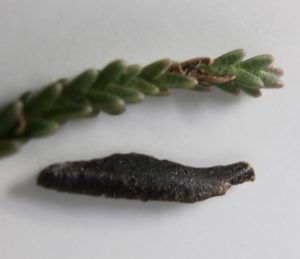 I’ve also been spending some time working with the Butterfly Conservation ‘Bogsquad’, the group of dedicated volunteers who help to carry out vital practical conservation tasks on bog sites. In February we spent two days working on a SSSI basin fen site near Castle Douglas in Dumfries and Galloway, removing willow scrub that has been encroaching on the bog- this was a particularly soggy few days! Last week a group of 7 of us made the ferry trip over to Islay where we stayed for a week, working on a site called Duich Moss where we were removing spruce and rhododendron from the blanket bog. While there I spotted a few more Coleophora cases- this time from a species that feeds on rushes (Juncus sp.). There are a couple of species that look very similar so a bit of further investigation is needed! Hopefully I’ll be able to update you in a future blog post.
I’ve also been spending some time working with the Butterfly Conservation ‘Bogsquad’, the group of dedicated volunteers who help to carry out vital practical conservation tasks on bog sites. In February we spent two days working on a SSSI basin fen site near Castle Douglas in Dumfries and Galloway, removing willow scrub that has been encroaching on the bog- this was a particularly soggy few days! Last week a group of 7 of us made the ferry trip over to Islay where we stayed for a week, working on a site called Duich Moss where we were removing spruce and rhododendron from the blanket bog. While there I spotted a few more Coleophora cases- this time from a species that feeds on rushes (Juncus sp.). There are a couple of species that look very similar so a bit of further investigation is needed! Hopefully I’ll be able to update you in a future blog post.
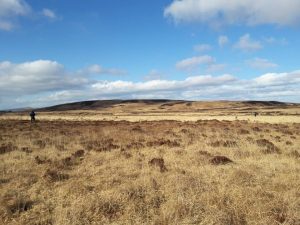
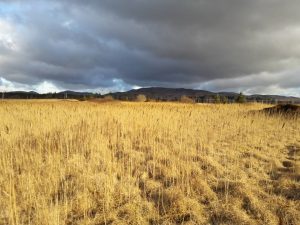 As well as getting outside I’ve attended some great talks, including the TVC Natural Talent Showcase in Edinburgh, and had an amazing visit behind the scenes at the National Museums Collections Centre in Edinburgh to view the micro moth specimens in their entomology department.
As well as getting outside I’ve attended some great talks, including the TVC Natural Talent Showcase in Edinburgh, and had an amazing visit behind the scenes at the National Museums Collections Centre in Edinburgh to view the micro moth specimens in their entomology department.
It’s been a busy few weeks and I’ve got lots more to look forward to over the coming months, I’m really looking forward to all the new experiences this year is set to bring! Watch this space, or you can catch me on Twitter too: @catofthewoods
Thanks to TCV and Esmee Fairburn Foundation for this fantastic opportunity and thanks to Butterfly Conservation for having me!

